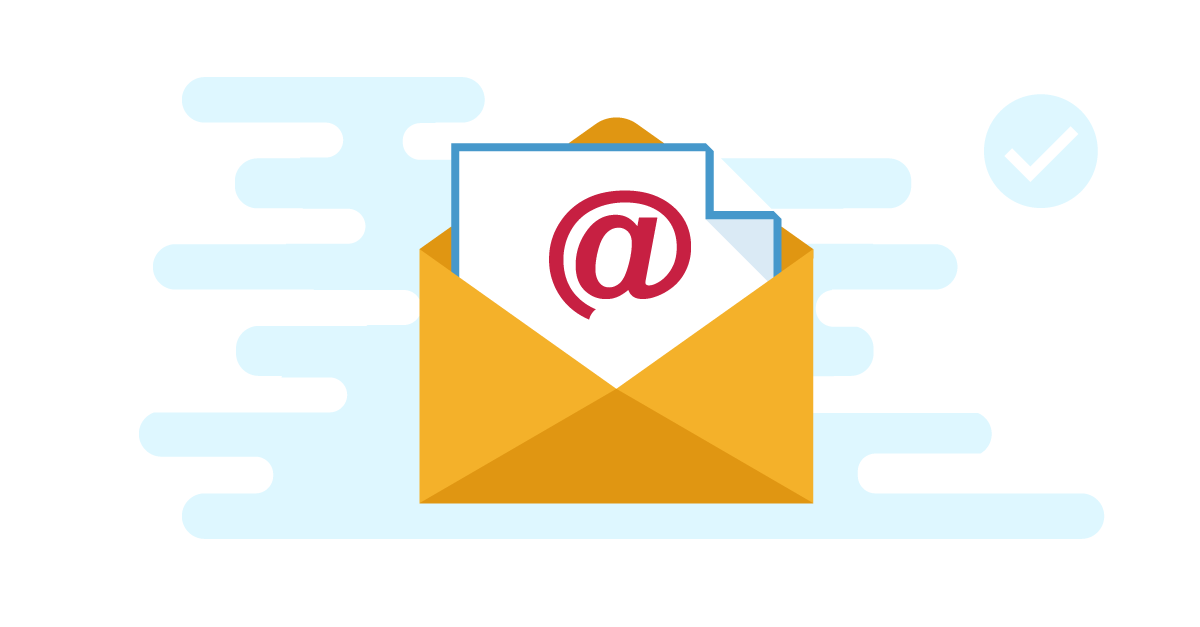9 Mistakes That Can Cripple Your Email Marketing
Updated

When it comes to marketing, email rules. Studies show email is the best way to build brand awareness, acquire new customers, and get the most bang for your marketing buck. But like all marketing, you’ll be more successful if you know what you’re doing. To get the most out of your email marketing campaigns, avoid these common pitfalls.
1. Not Having a Purpose
Before you decide on the who, what, when, and how of your email campaign, you need to focus on the why. Once you have a specific purpose for your email marketing campaign, and have aligned that purpose to a business goal, you’ll be better able to deliver a clear message.
2. Failing to Target a Specific Audience
Sending irrelevant content is guaranteed to annoy your customers and hurt your results. Don’t just send the email to everyone on your subscriber list, focus on the specific customer you’re trying to target based on their interests, needs, and preferences. For more on understanding your audience, see Want to Master Your Marketing? Know Your Audience.
3. Disregarding the Importance of Mobile
These days, at least half of all emails are opened on mobile devices, so not making your emails mobile friendly is a crucial (and surprisingly common) mistake. According to one report, nearly one out of five email campaigns is not optimized for mobile. If you're not sure how to make your email responsive, use an easy to read, single-column layout for your email, and large font sizes.
4. Failing to Pique Your Customers' Interest
If you can’t show readers why they should want what you’re offering in your email, they won’t take the desired action. Ask yourself: Why will your customers care about this? The answer will give you a central value proposition around which to construct your campaign. Be clear about the amazing value or benefits you’re offering your customers, and let readers know how their lives will improve if they take action.
5. Being Too Wordy
If your reader opens an email and sees a huge block of text, chances are they’ll close it unread or give up before they get to the meat of the message. Attention spans are short, so get to the point with as few words as possible. You can include more detail on the landing page they’ll see when they click the call to action.
6. Using a Boring Subject Line
Your email campaign’s open rate depends on the subject line, so don’t neglect it. Your subject line should be well-written, interesting, and clearly tell your audience why they should open the email. Aim for less than 70 characters, though there’s no definitive answer for the optimum length, so test to see what works best for you. For more on subject lines, see Subject Line Hacks to Get Your Emails Opened.

7. Omitting a Clear CTA
What do you want your email recipients to do? Contact you? Make a purchase? Schedule a consultation? Don’t make them guess—ask for it, and make it easy for them with a clear call to action that's focused on benefits. Rather than boring calls to action like “Click here” or “Submit,” attract readers’ interest with something like “Get My Free Quote,” “Claim My Coupon,” or “Learn About the Benefits.” For more on calls to action, see 4 Simple Steps to Improve Your Calls to Action.
8. Not Linking to a Dedicated Landing Page
The goal of your email is to get your readers to click through, so make sure you give them an engaging landing page that is custom designed to match the look of the email and provides additional information on your offer and the next step they need to take.
9. Sending Emails Without Testing Them First
Sending out an email with broken links or images that don’t load properly can not only sabotage your current campaign, it can also hurt your credibility and make customers less likely to open your emails in the future. Send test emails to yourself and other key team members to make sure everything looks good and works properly before you hit send, and make sure to test in both mobile and desktop, and across multiple email browsers whenever possible.